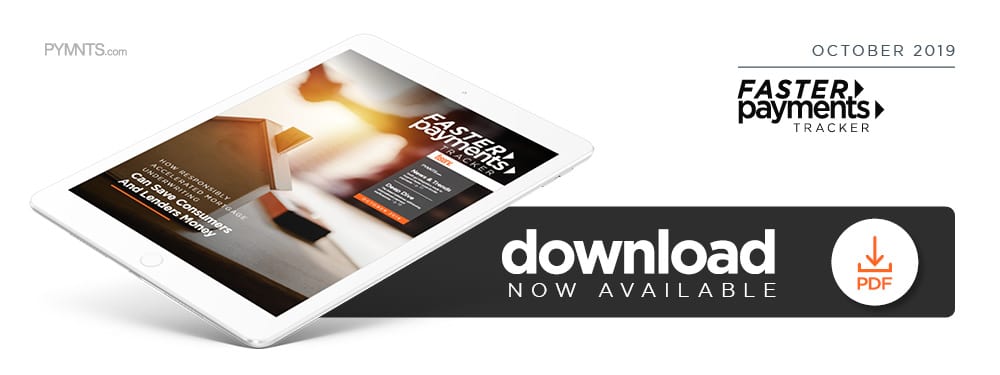Deep Dive: Emerging Response To B2B, P2P Cross-Border Payments Pain
Money constantly flows across borders in the increasingly interconnected global economy, from workers overseas back to their families, and from buyers to their suppliers.
Any complications cause major headaches, and international payments are often more involved and costly than those made domestically. They frequently face delays and rack up fees as they pass through multiple FIs, and parties making these payments often wrestle with currency conversions and value fluctuations.
This month’s Deep Dive explores the frictions currently afflicting the B2B cross-border payments and P2P remittances spaces, as well as the solutions being developed to accelerate transactions and reduce pain points
International B2B Payments Pains
The cross-border business payments market is significant, as Medici research finds that international accounts payable (AP) by small- and medium-sized businesses (SMBs) currently hold approximately $7 trillion, and marketplace payouts amount to about $8 trillion. Quick payments in this space are critical, with 68 percent of AP professionals reporting that speed is most important for their suppliers. Much of the $38 trillion international B2B payments market still involves paper check transactions, however, and companies may face further delays if they cannot quickly handle their regulatory obligations.
Limited connections between FIs can cause delays and higher costs as well. Transfers are passed between FIs until they reach intended recipients, and each bank adds extra steps and fees along the way. Global messaging firm SWIFT is easing some cross-border payment pains by enabling the approximately 11,000 FIs that use its network to send standardized payments information to each other, although much work is needed.
The State of Global Remittances
Remittances are a vast and growing global space. Remittances from Filipinos totaled $2.8 billion in March, and the value of such transfers can surpass 10 percent of the gross domestic product (GDP) in countries such as Guatemala, the Philippines and Senegal.
Recipients are often allowed to collect funds within minutes of payers initiating transactions, but the funds take longer to actually move between money transfer operators (MTOs). These businesses typically experience pains similar to those afflicting other companies’ B2B cross-border payments, even though they provide quick P2P remittance experiences for their customers.
The payments often have to travel between MTOs or between one MTO’s different offices through corresponding banks, and the different operating hours and time zones under which domestic systems operate can delay MTOs from getting their money.
Consumers are not spared from the space’s frictions, either. The United Nations set a goal for remittance fees to amount to just 3 percent of each transaction’s value by 2030. The average global cost was nearly 7 percent in Q3 2018, and remittances sent from sub-Saharan Africa incurred an average cost of nearly 16 percent. Overall, MTOs worldwide tended to charge lower than average fees across all remittance provider types, while banks charged fees that were higher than average.
Network and Payment Method Next Steps
Some observers expect remittances to shift from relying on physical entities — such as MTOs or banks that provide recipients with cash — to digital fund transfers conducted through mobile phones, as removing the emphasis on cash could cut costs.
Distributed ledger technologies (DLT) have also been considered for facilitating both P2P remittances and B2B cross-border payments. Global financial companies like Circle provide zero-fee remittances via DLT, and Ripple began piloting xRapid for U.S.-Mexico transactions in 2018. Ripple reportedly completed payments in about two minutes on average and enabled FIs in the trial to avoid 40 percent to 70 percent of foreign exchange costs.
Some are reluctant to embrace DLT because of security concerns and the lack of clear regulations, and such issues will need to be addressed before the technology can make a greater impact.
Financial players are also rolling out payment networks intended to knit together real-time systems, better connect banks and more seamlessly transmit information. Visa in June announced that its Visa B2B Connect network would support high-value B2B international payments through direct bank-to-bank transactions, and SWIFT recently declared that its gpi service can integrate with domestic real-time payment rails to facilitate near-instant cross-border payments. J.P. Morgan is also working to help accelerate money movement by testing a digital coin prototype that aims to send funds between bank accounts using blockchain.
Sending payments data rapidly also enables quick money movement and processing, something SWIFT has traditionally sought to facilitate. Other players are jumping into the space, with J.P. Morgan signing more than 75 members to an interbank network intended to help participants quickly transmit payment information to one another, and Mastercard tackling B2B payments support by launching a B2B version of its Mastercard Track tool that assists with payments management, compliance and automation.
The international transactions space is growing fast, and consumers and businesses alike are seeking support for cheaper, simpler and speedier ways to transfer funds. Shifting away from cash, developing quicker payment data delivery methods, and building out new fund transmission networks could all play important roles in accelerating cross-border payments.

